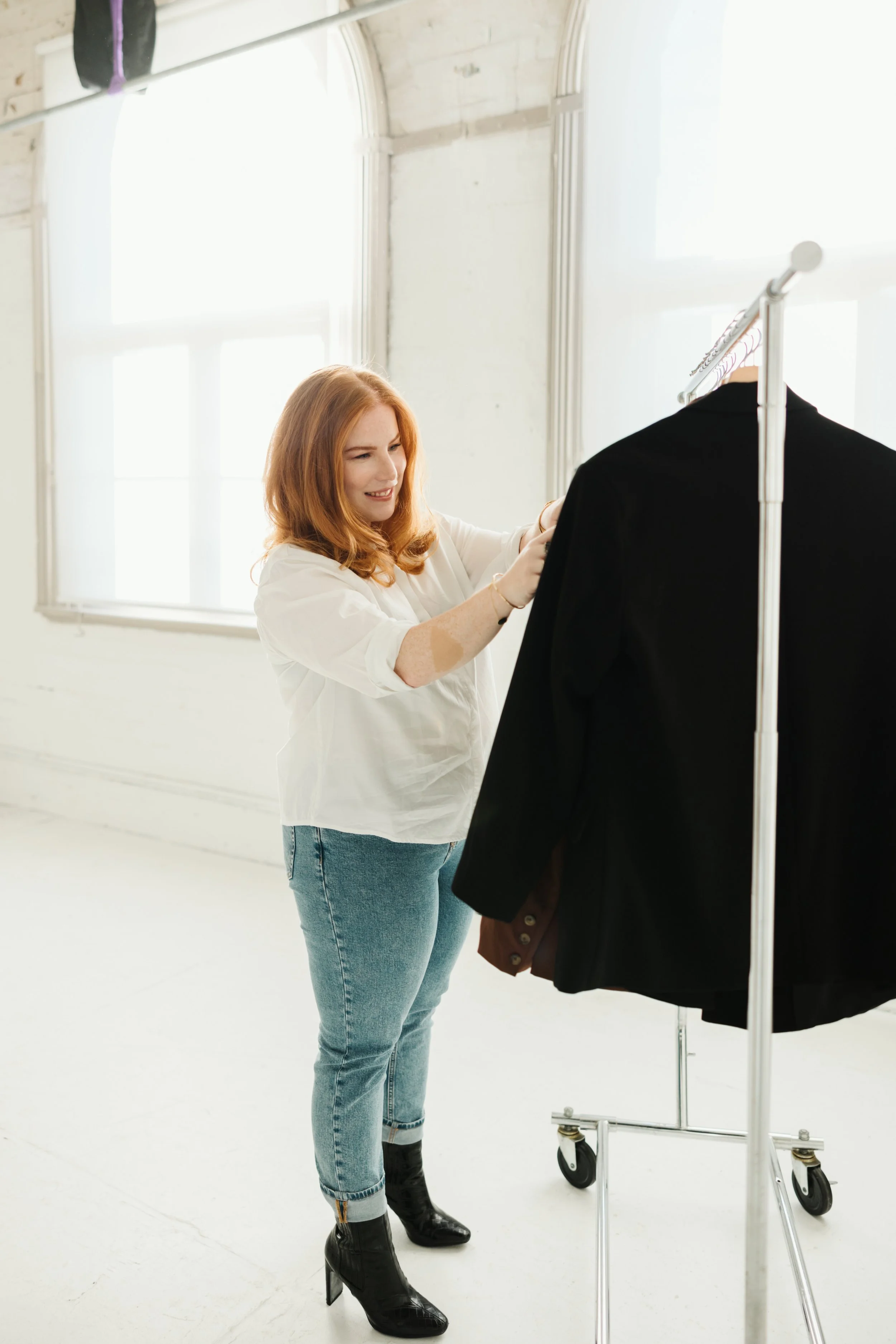It’s not you, it’s the clothes
Understanding Inconsistent Sizing in Fashion
DETAILS
Author - Teagan Lattey
Topic - It’s not you, it’s the clothes
Date - 30th August 2024
Have you ever stepped into a change room, excited to try on the latest fashion find, only to feel deflated when it doesn’t fit the way you’d hoped? In those moments, it’s all too easy to believe the problem lies with our bodies. But here’s the truth: it’s not you; it’s the clothes.
The battle with inconsistent sizing is a common experience, one that can chip away at a woman’s confidence. When we finally find an item that fits well in one store, we’re often faced with the frustration of discovering a completely different size fits in the next store. This inconsistency can lead to a sense of defeat, making us want to give up on the whole shopping experience altogether. But why is this happening?
Not All Products Are Made Equal
One of the key reasons for this ongoing struggle is that there is no sizing standard in Australia. Each brand has its own unique sizing scale and measurements, making it nearly impossible for shoppers to rely on a consistent fit. What might be a size 10 in one store could easily translate to a size 14 in another and so on. This rollercoaster can make us feel like our sense of self is tied to the numbers on a size tag, even though deep down, we know that these numbers don’t define us. I repeat, these numbers don’t define us.
The inconsistency isn’t just frustrating—it’s a relic of outdated systems. In Australia, for instance, the national sizing standard for women’s clothing was withdrawn in 2008, after the fashion industry, federal government, and consumer groups agreed it was no longer relevant.
The last standard was established in 1959, and it’s clear that the measurements from back then don’t reflect the diverse body shapes and sizes we see today. This lack of standardisation contributes to the ongoing confusion and frustration for shoppers who simply want to find clothes that fit their bodies well.
Beyond the Numbers: The Emotional Impact
When clothes don’t fit, it’s not just about the inconvenience—it’s about the emotional toll it takes. The act of trying on clothes should be an opportunity for self-expression and joy, but instead, it often feels like a battle against our own bodies. I’ve lost count how many times I’ve left home with the excitement of trying something new on only to walk back into my place empty handed, with a sense of defeat.
We internalise these negative experiences, letting them shape how we feel about ourselves. And when we do find something that fits, the temptation to let that number on the tag define us is strong. But remember, those items don’t have emotions; they’re just fabric and thread, not a measure of our worth.
The Bigger Picture: Sizing and Sustainability
Interestingly, the sizing issue also intersects with another major challenge in the fashion industry: sustainability. Australia was recently identified as the world’s largest consumer of fashion, contributing significantly to waste. The sizing dilemma plays a role here, too. When we can’t find clothes that fit well, we might settle for something less than ideal, leading to purchases that don’t get worn and end up discarded. Or, we might buy multiple sizes just to find the right fit, with the extras often ending up in the return pile or worse, in landfills. My advice here is, do your best to never settle. Be honest and ask yourself, will you truly wear the item if it doesn’t fit right? Could better sizing standards help alleviate some of this environmental strain? It’s a question worth exploring.
Navigating the Sizing Rollercoaster
So, what can we do in the face of this sizing chaos? It’s easy to feel lost, especially when the clothes we are trying on seem to be working against us. But rather than letting these inconsistencies define our shopping experiences, we can shift our mindset. Understand that it’s a process of trial and error, a journey of finding which brands and styles align with your body’s unique shape. It’s not about changing yourself to fit the clothes—it’s about finding clothes that celebrate you.
And on those days when the sizing rollercoaster feels like too much, remember this: you are more than a number. Whether the tag says size 10, 14, 22 or anything else, it doesn’t change who you are. The fashion industry may not have figured out its sizing yet, but that’s not a reflection of your value.
The next time you step into a change room, keep in mind that it’s not about you fitting the clothes. It’s about finding the clothes that fit you. So, embrace your journey with fashion, knowing that your style is defined by you—not by the numbers on a tag.
